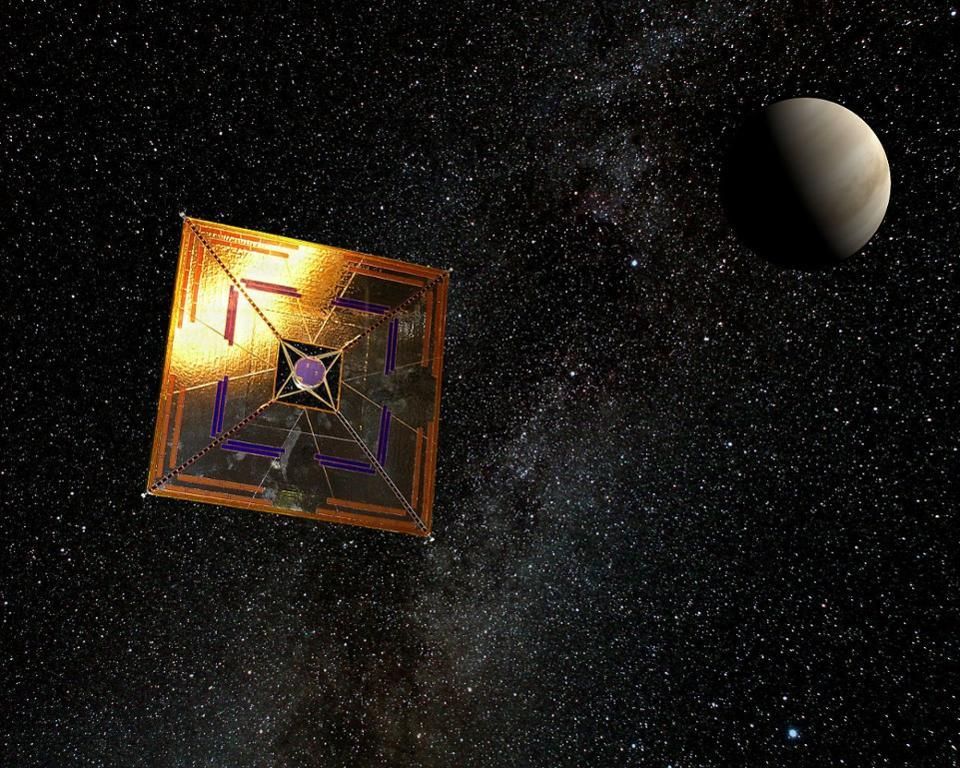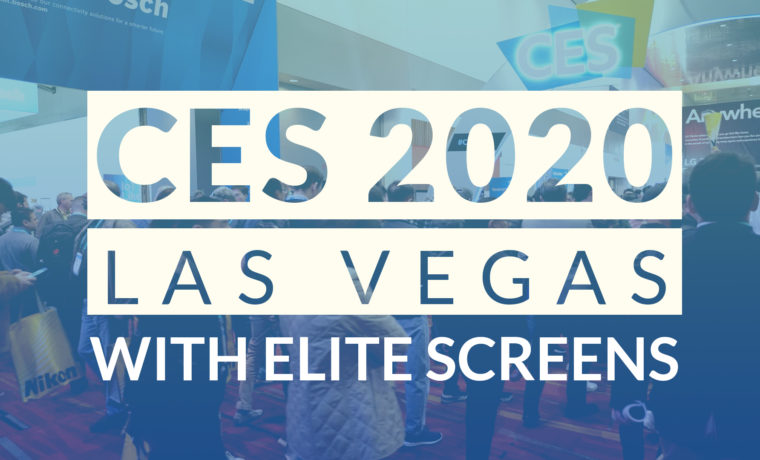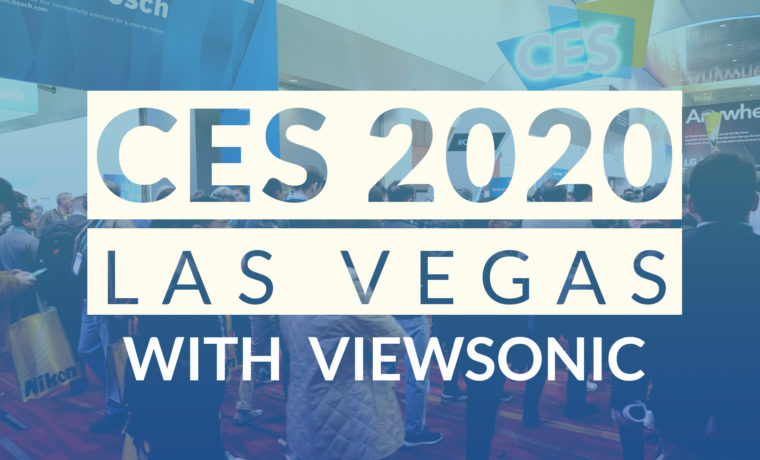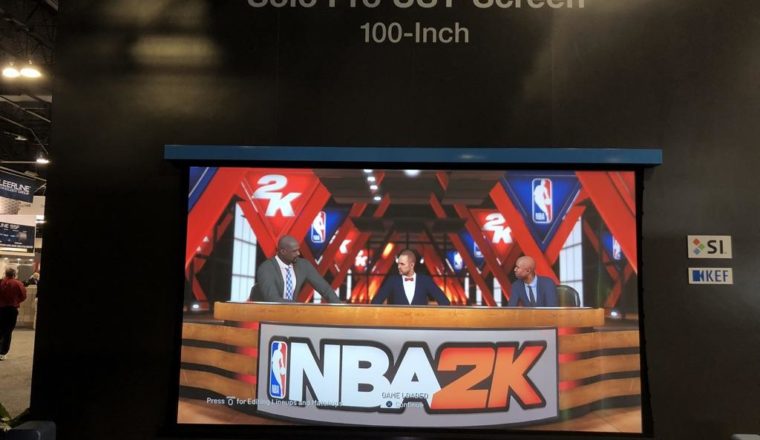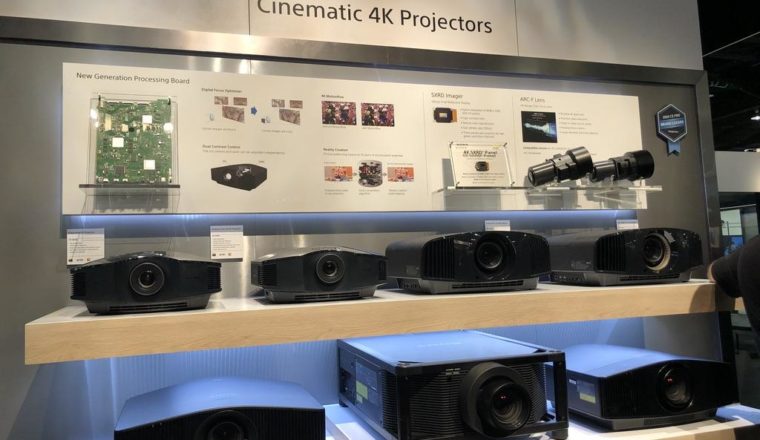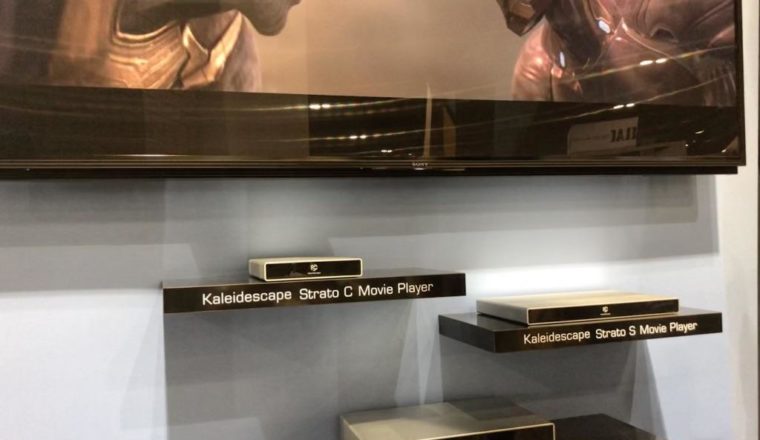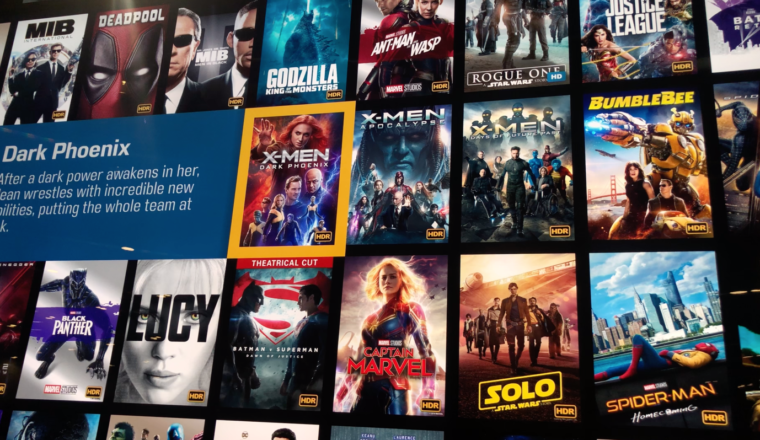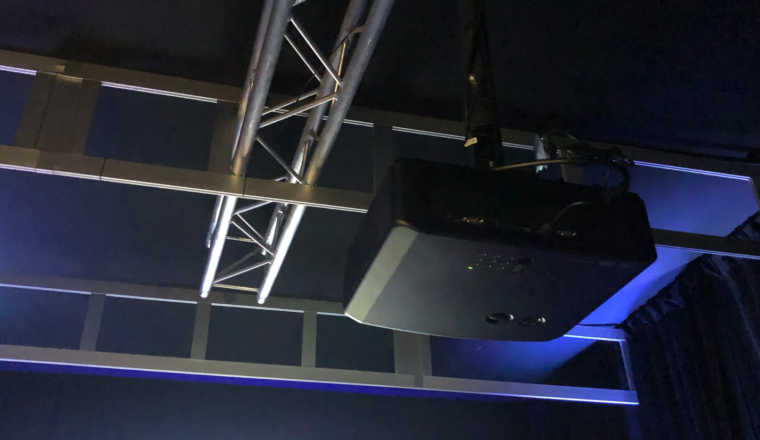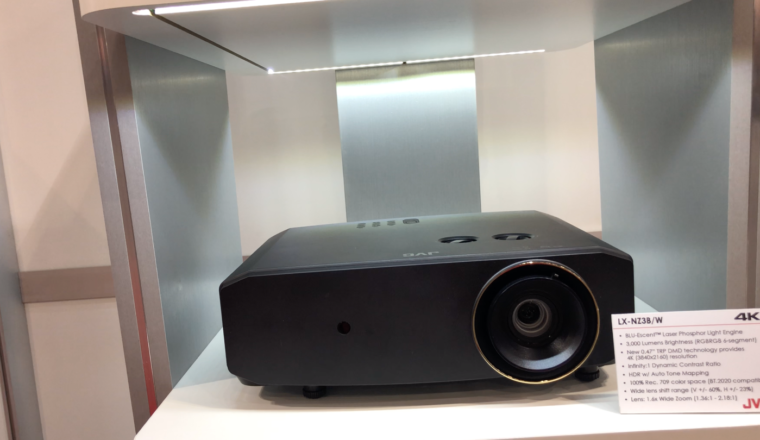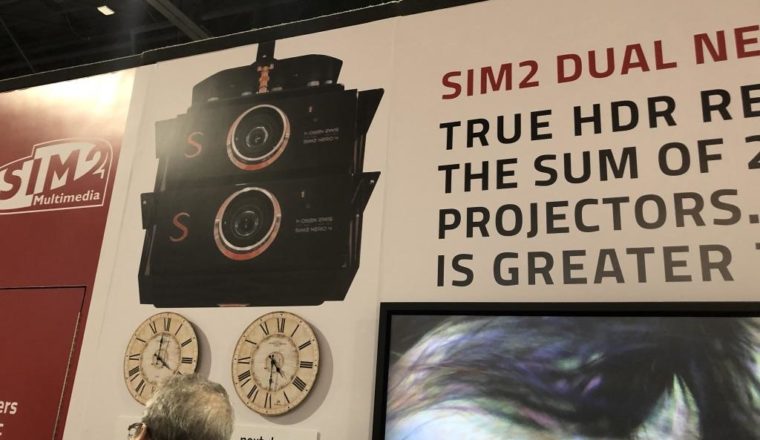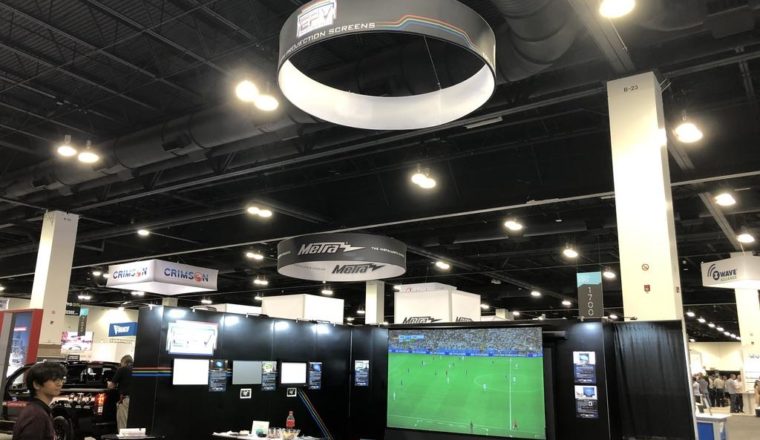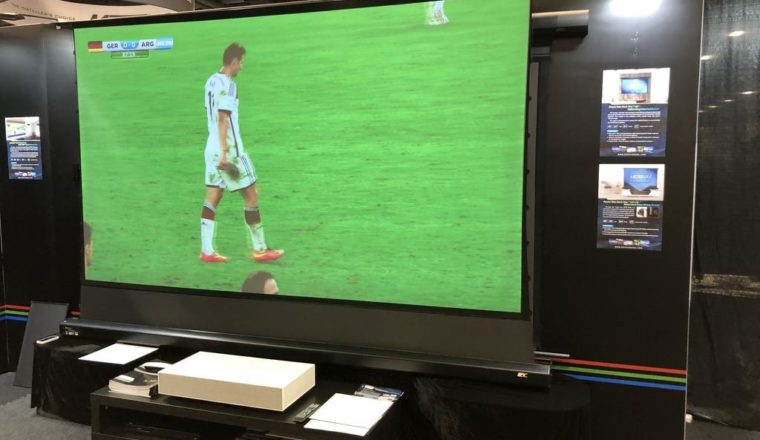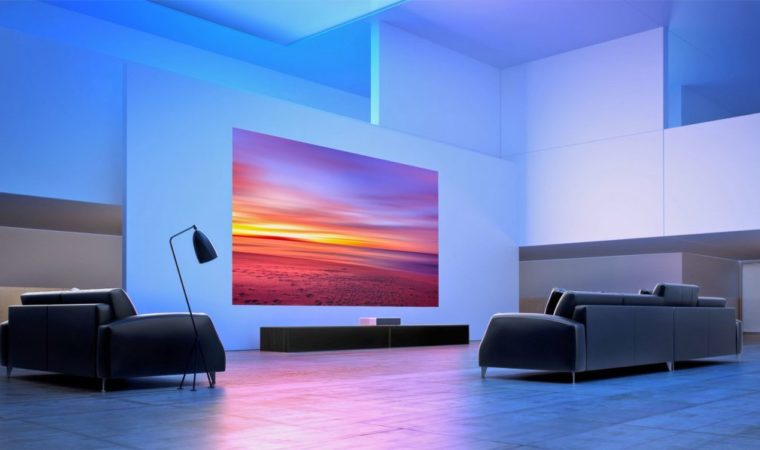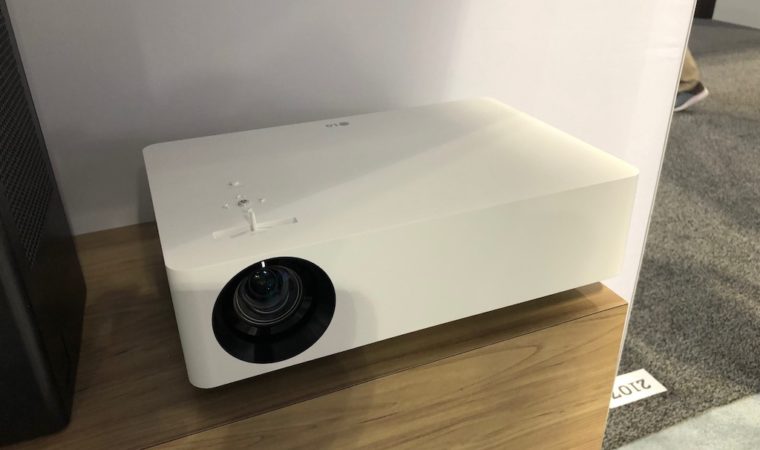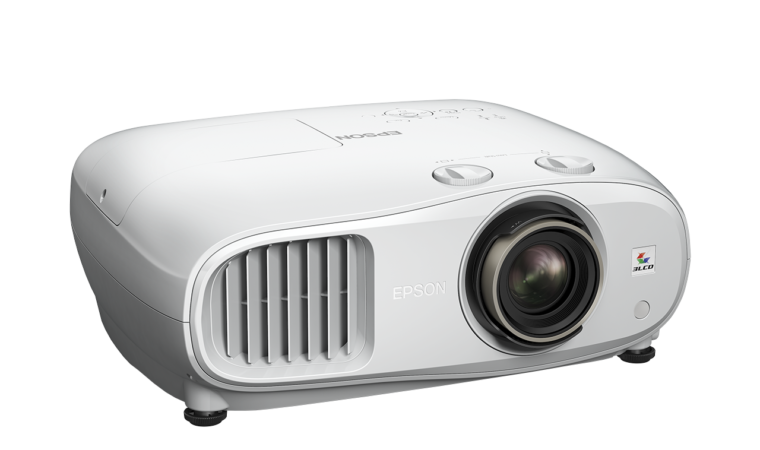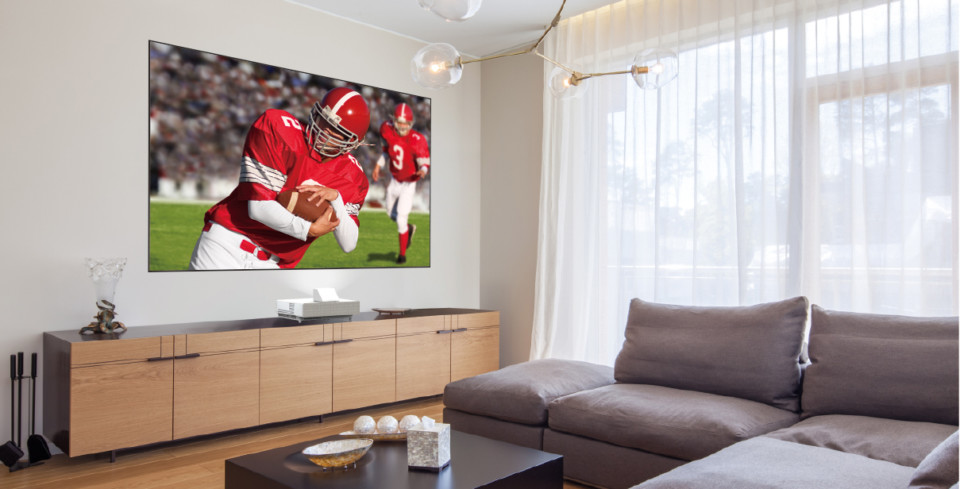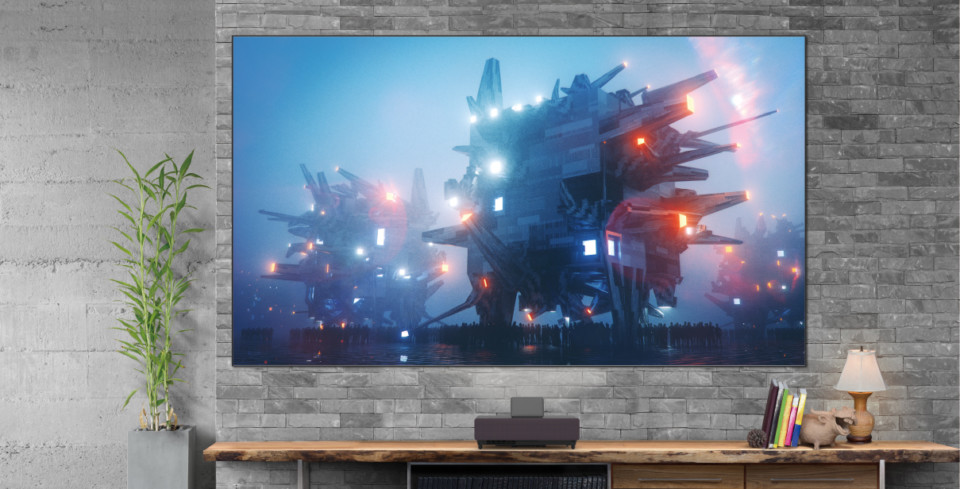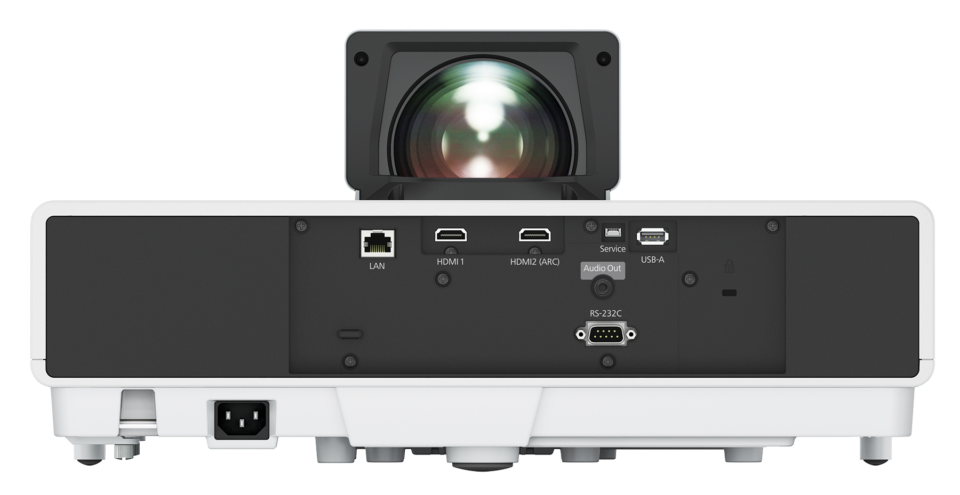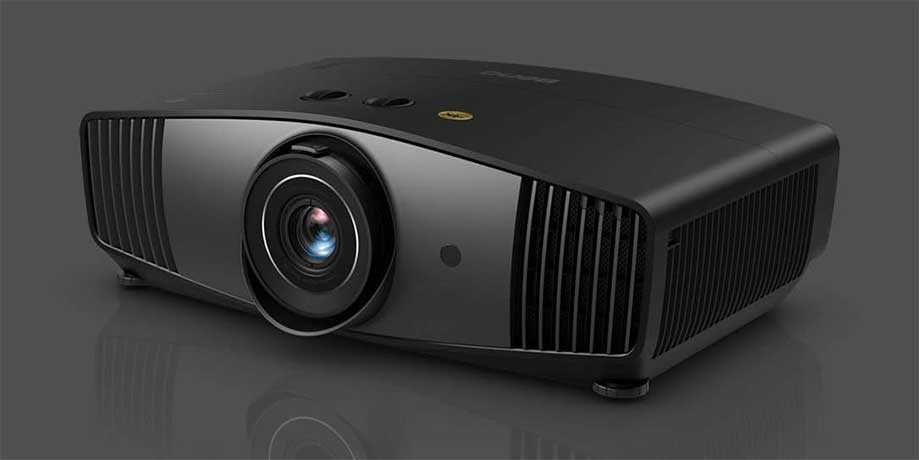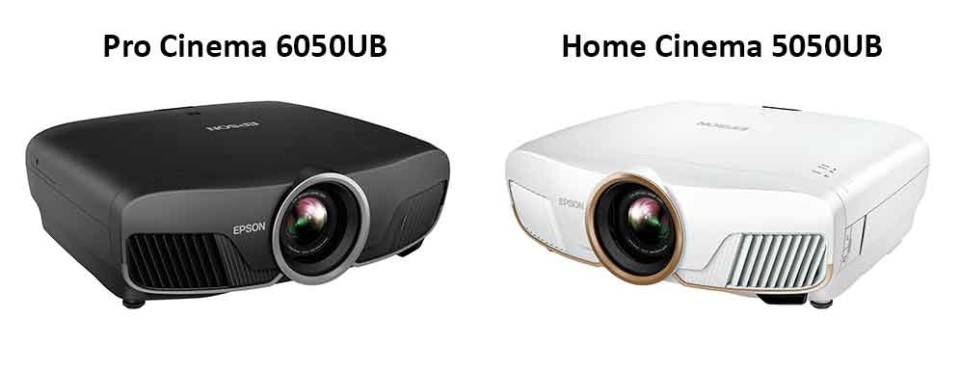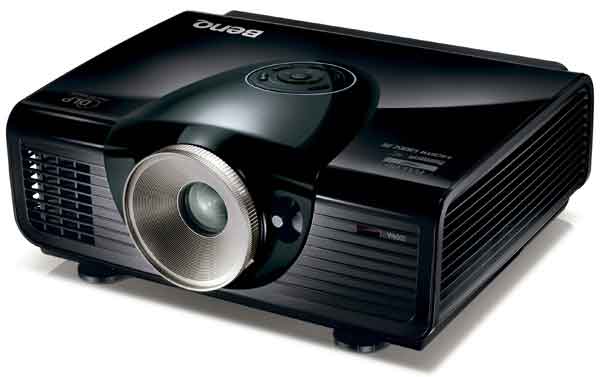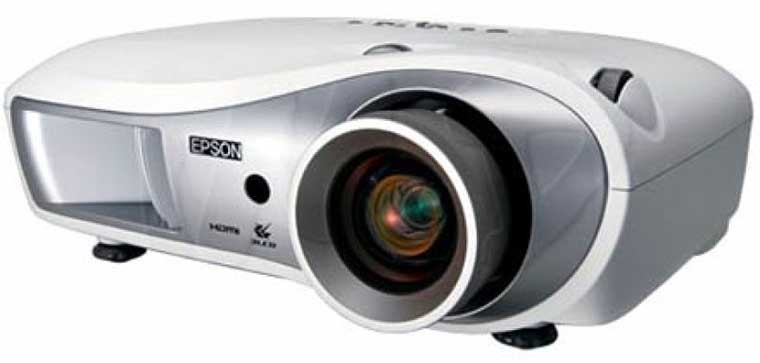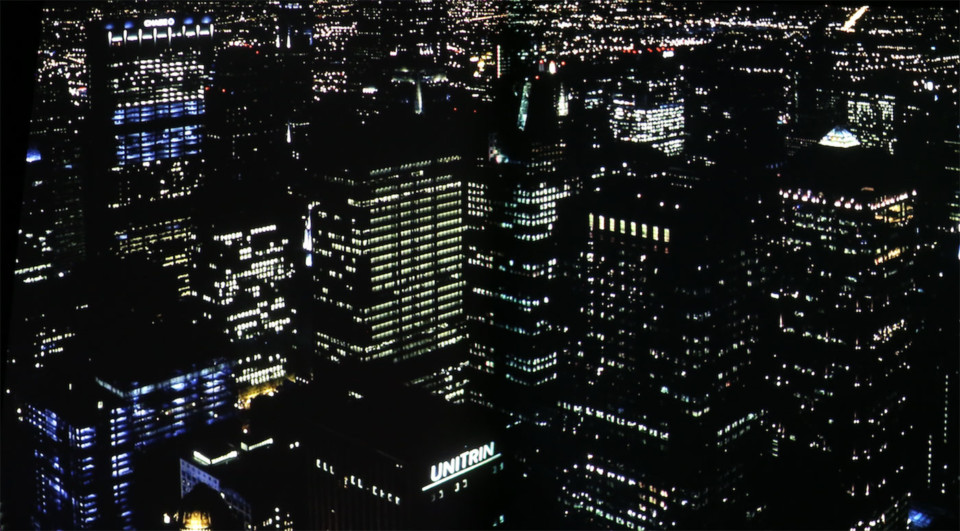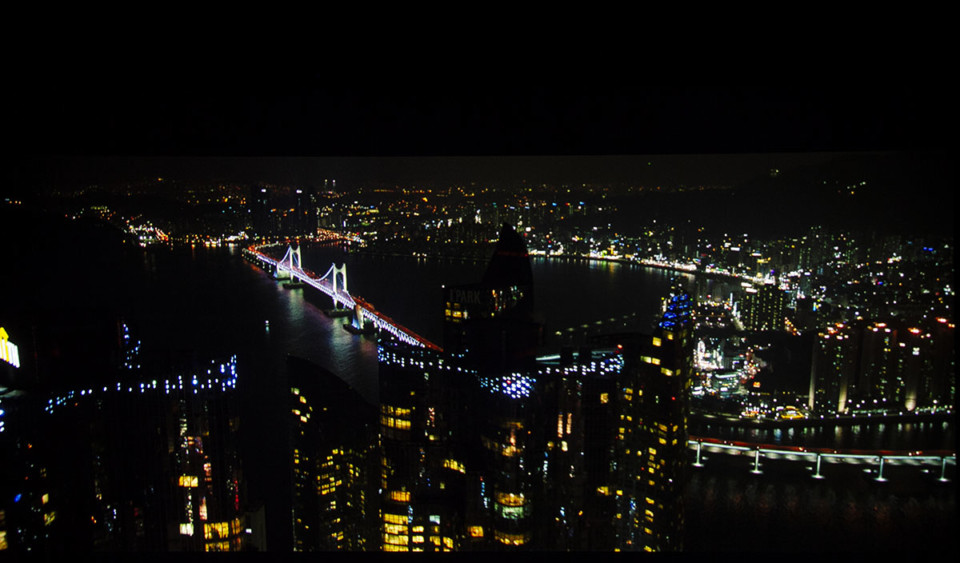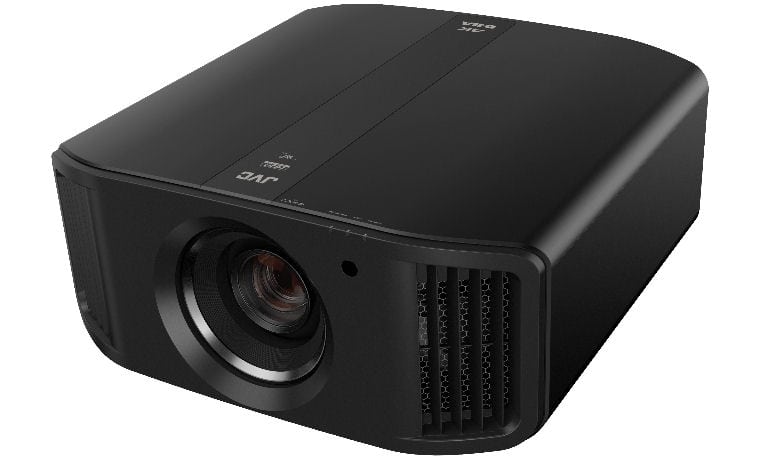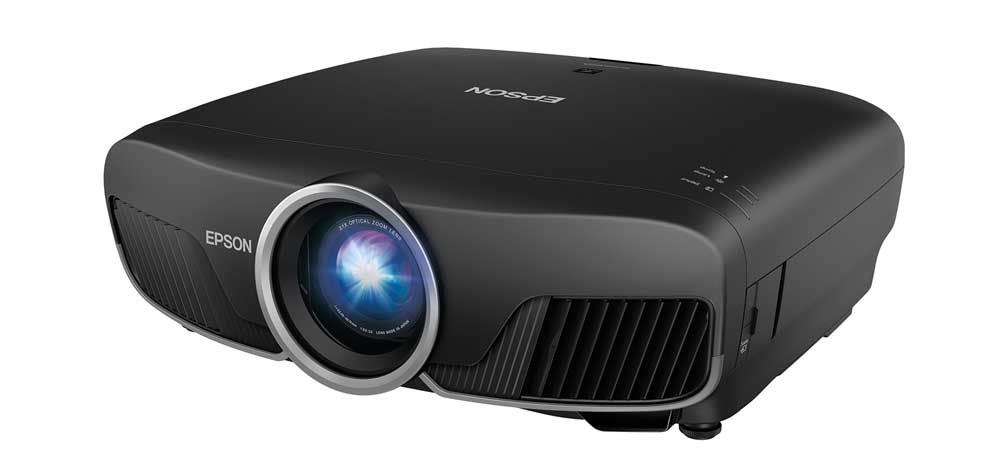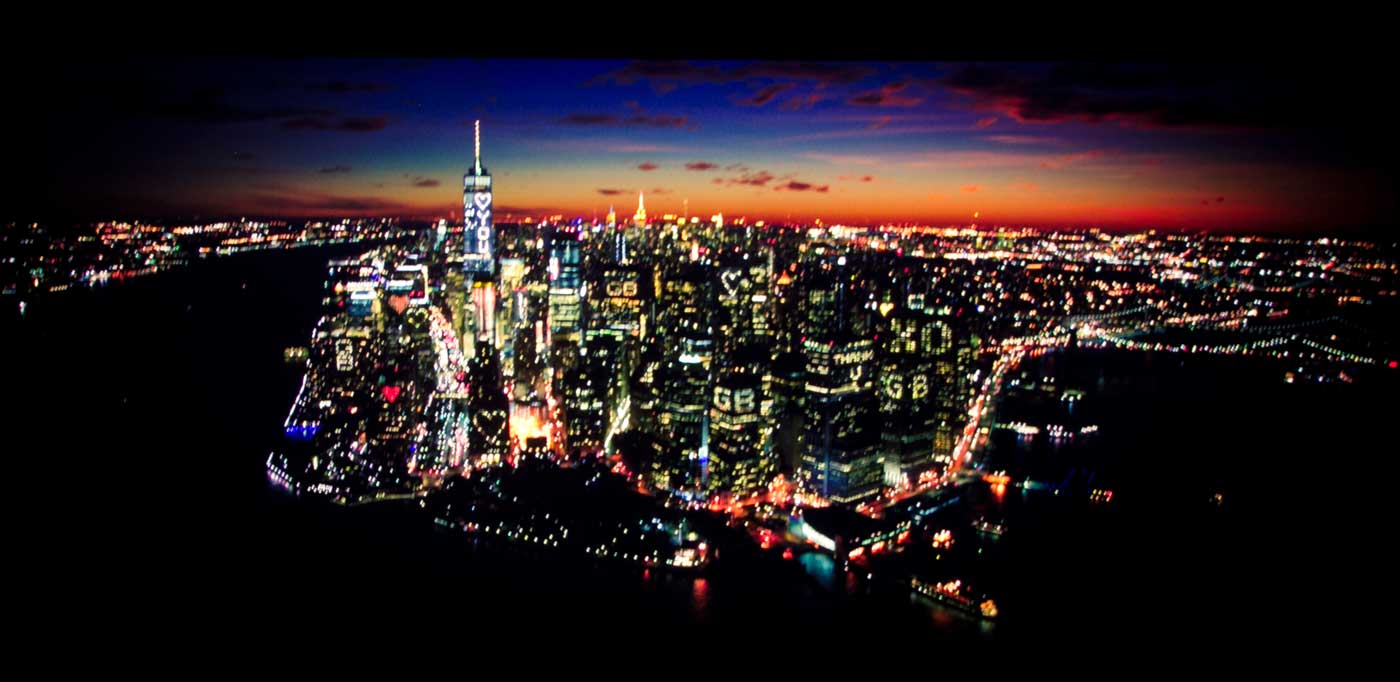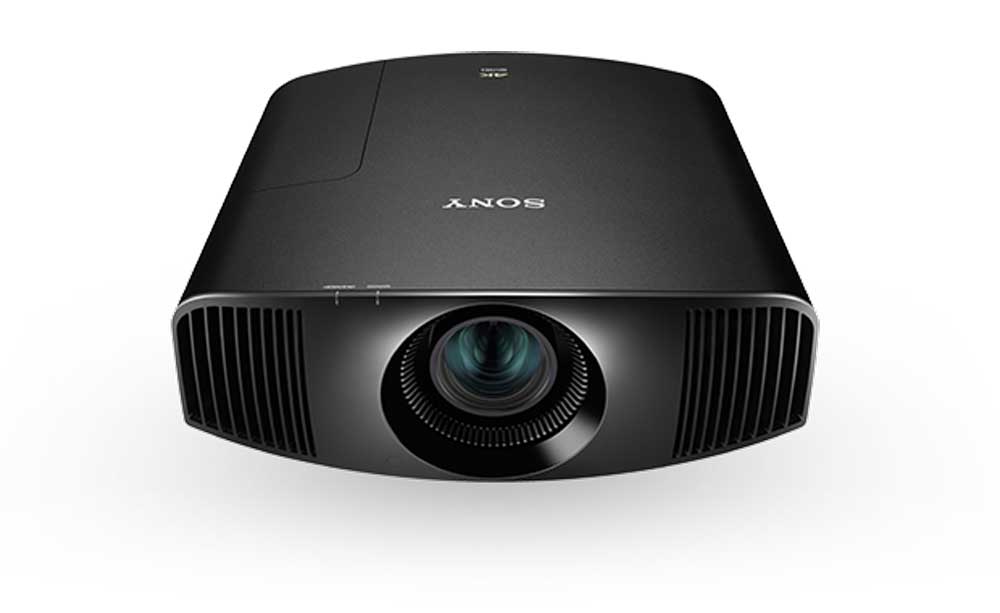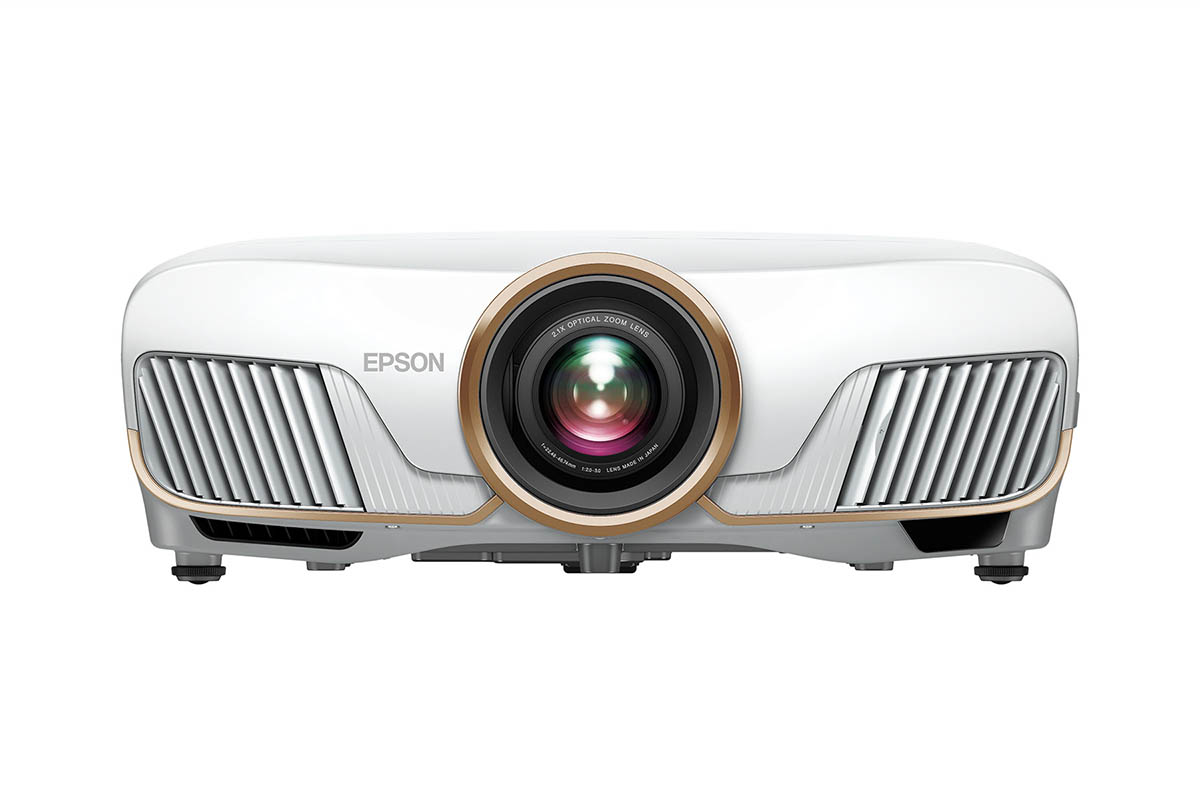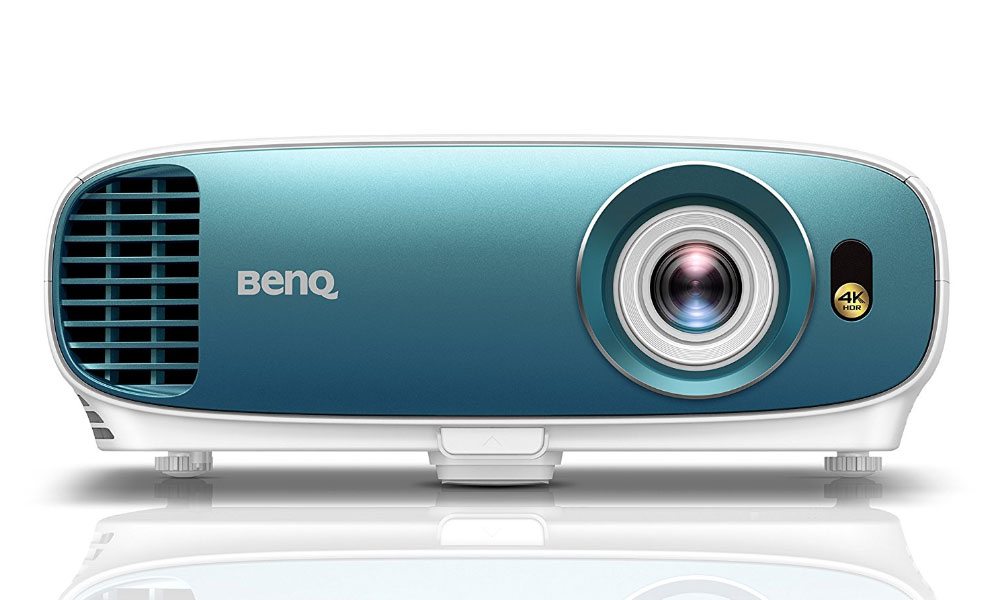The second one was rotating between gaming, smart functions and movie clips. Only on the few pretty dark scenes, did the image take any serious hit due to the ambient light. When I consider how much brighter that show floor is than most people’s living, family and other rooms, I was truly heartened that there is a UST 4K capable projector that really has the horsepower to do great in most rooms, thanks to the 4000 lumens combined with 3LCD (which tends to look brighter – at best color – than similarly bright DLP projectors. (in fairness, on a lumen basis, DLP projectors generally are less expensive. That means I’m not talking necessarily more brightness for the money, just more brightness. And compared to some of the others, a lot brighter. The LG I just reviewed, is great, but definitely not near as bright. The Optoma P1 which is arriving for review next week is another 3000 lumen or less DLP based Laser TV.
The laser TV market is heating up. We just learned we’ll be receiving the new VAVA, another DLP based laser TV for review arriving early October. I’m going to be busy!
Epson’s two other projectors being launched are their Home Cinema 3200 and 3800 replacing their last 3000 series projectors.
The big news – the new 3000 series is now 4K capable (with HDR, of course). Like all of Epson’s other 4K capable projectors including their legendary UB series, the Home Cinema 3200 (HC3200), and Home Cinema 3800 (HC3800) are pixel shifters will be doing a separate blog on these two in the next few days, going into more detail. I didn’t see those in action at the show, but stopping back today, when I have more time.
Wow, even on these, there’s full HDMI 18ghz speed, allowing 4K HDR 60fps support for high res gaming. I expect the same roughly 27ms input lag, which will make these two projectors serious gaming projectors. Not the fastest, but “close enough” to satisfy just about every serious gamer.
Image of Home Cinema 3800 w/caption: 3000 lumens 4K capable pixel shifting projector with 20 watts of sound, with a list price of $1699, shipping October.
Epson has upgraded the lens for these two 3000 lumen projectors, which makes sense, since the older models didn’t have to tackle 4K content. Both have Bluetooth support for audio, while the HC3800 has a pair of 10 watt rear facing speakers, at a list price of $1699 The HC3200 will list for $1499, essentially identical but without the built in sound system, so should be a better deal for those planning to hook it up to an external surround sound system. On the downside, without speakers, you can’t just take it outside for a summer movie night – at least without taking out a speaker system to connect.
[sam_pro id=1_38 codes=“true"]



